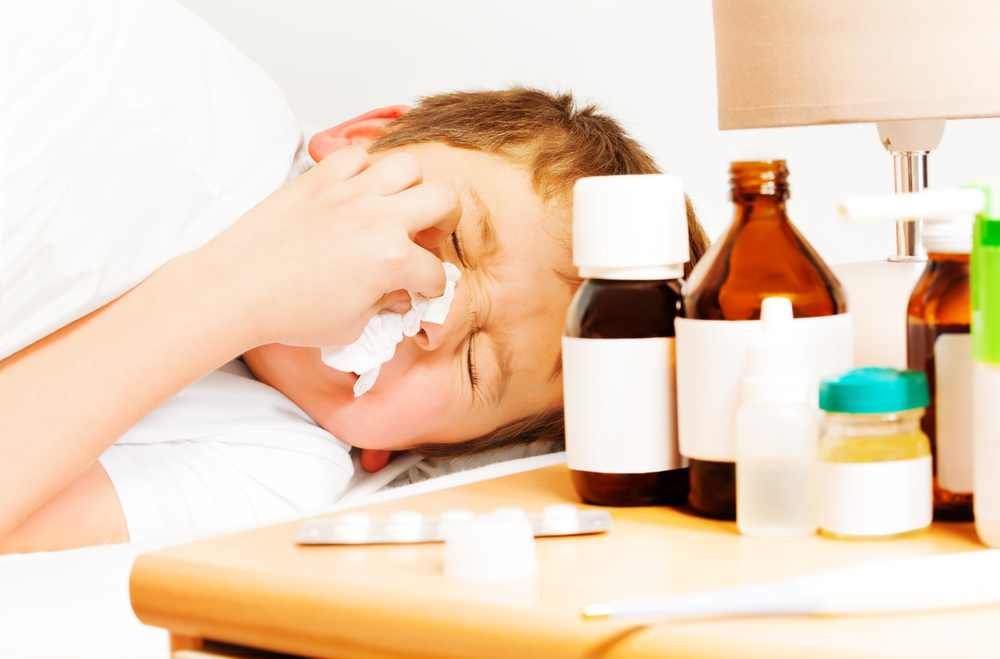Understanding A Life With ADHD
Understanding a life with ADHD
“The way I handle my child’s behavior may look permissive to you, but constantly scolding does nothing but hurt self-esteem. I know what I’m doing, and I don’t need an onlooker’s approval.”
– taken from Reader’s Digest
ADHD stands for Attention Deficit Hyperactivity Disorder. It is one among the most common conditions diagnosed in children. A survey by CDC says that 11% of children in the age group of 4 to 17 years are diagnosed as having ADHD, of which 13% are boys and 5% are girls.

The precise causes for the ailment are unknown as of now. A mixed course of medication and special behavioral training goes a long way in helping those afflicted with ADHD lead socially useful lives.
Who is affected by ADHD?
- The age at which children are affected by ADHD (14-17 years) is one where they are very tender. A diagnosis of ADHD at this age is extremely difficult, as normal children in this age group exhibit many symptoms of ADHD in the normal course of development.
- It is imperative that all families be familiar with the symptoms of this malady so that they can help make an early diagnosis of the condition, which helps in better management.
What are the factors that cause ADHD?
- Scientists currently believe that the condition is the cumulative result of many factors.
- They have found a common gene among schizophrenia, autism spectrum disorders, bipolar disorder, and major depressive disorder.
- Besides being hereditary, the other suspects are substance misuse, exposure to environmental toxins like mercury during pregnancy, exposure to environmental toxins like lead, mercury, etc. at a young age, low weight at birth, and brain injuries.
What are the symptoms of ADHD?
- Symptoms of ADHD fall under three distinctive heads: inattention, hyperactivity or inability to be tied down for a significant period of time, and impulsivity, which is acting at the spur of the moment, without any thought of the consequences. These symptoms may be exhibited singularly or in combination.
- Sometimes children can concentrate for long on subjects that they really like.
- It is the lack of attention that results in children losing things routinely in school. They are disorganized and do not keep things in their assigned places.
- They do not complete their work in school or their home tasks since concentration is needed for this, and, as a result, their learning suffers.
- In an adult, this manifests as poor time management, shoddy quality of work, and missing targets or goals.
- Hyperactivity manifests in children running about and climbing over things, their inability to stay engaged with one activity, and the like.
- In adults, it takes the form of socially embarrassing behavior, like squirming or fidgeting in their seat all the time, disregarding the context or place, and be embarrassing in general.
- Impulsivity means making decisions without thinking them through and an incapacity to control an impulse, whatever it may be.
- In children, it is expressed as tantrums, like throwing things, screaming, rolling over on the floor, and such.
- It can also be a need that requires immediate gratification.
- In adults, the manifestation is being too intrusive in social interactions or being excessively interrupting. They will make commitments that can be harmful to their interests.
How is ADHD diagnosed?
- These behaviors are to be more severe, should occur more often, and should interfere with or reduce the quality of functions socially, at school, or in a job if a person is to be declared an ADHD patient.
- There are no diagnostic tests for ADHD. A thorough medical examination eliminates diseases with similar symptoms.
- Information is gathered from teachers, coaches, and sources in the families who are knowledgeable about the child.
- Criteria-based tools like DSM and NEBA systems are used to arrive at the diagnosis. Symptoms of inattention and hyperactivity-impulsivity should be chronic, and the person will usually lag behind development milestones normal for the age group or impair their functioning. Also, the symptoms should have been present before the age of 12 years as well for ADHD to be diagnosed in adults.
How can one cope with ADHD? What are the ADHD meds for children?
- The medical management uses stimulants in case of intolerance to other drugs that produce similar effects as ADHD meds for children.
- Stimulants act by increasing neurochemicals like dopamine and norepinephrine, which play important roles in thinking and attention. This makes these stimulants effective ADHD meds for children.
- Parents and other members close to the child should spend quality time, love the child unconditionally, and reward them even for minor achievements in behavior.
- The family also should attend counseling and learn the correct ways to handle the patient and encourage them to achieve greater goals and discipline.
Disclaimer:
The content provided on our blog site traverses numerous categories, offering readers valuable and practical information. Readers can use the editorial team’s research and data to gain more insights into their topics of interest. However, they are requested not to treat the articles as conclusive. The website team cannot be held responsible for differences in data or inaccuracies found across other platforms. Please also note that the site might also miss out on various schemes and offers available that the readers may find more beneficial than the ones we cover.


